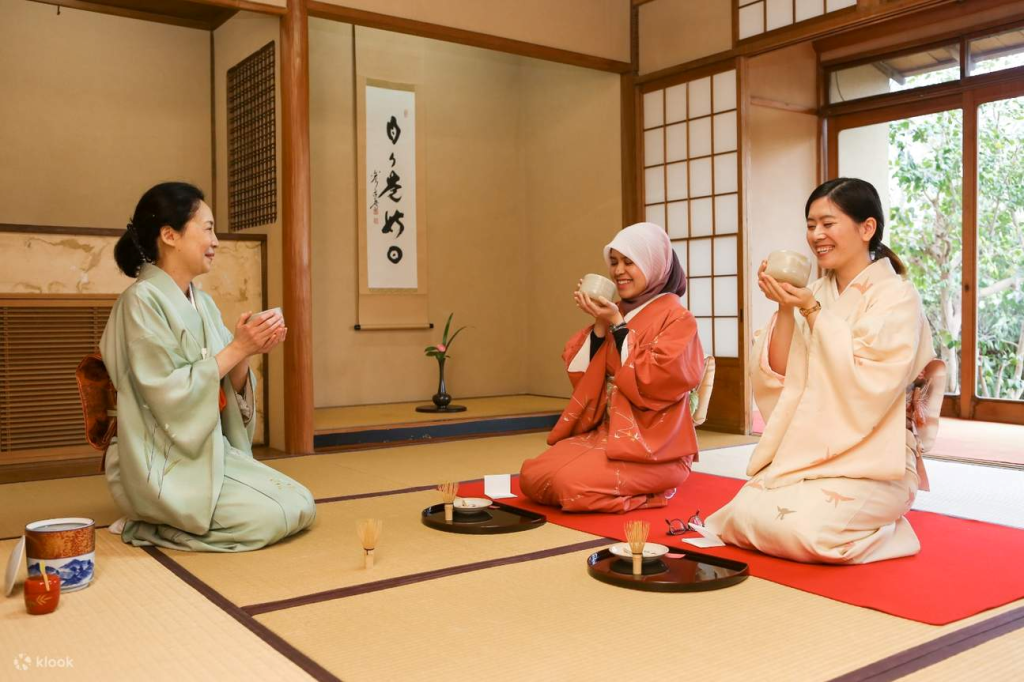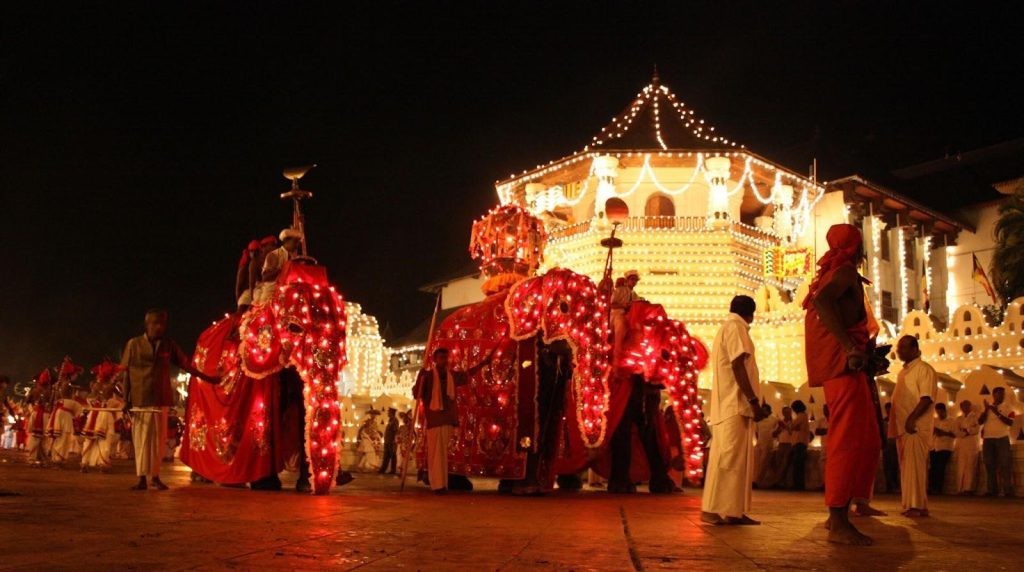
West Asia, also known as the Middle East, has rich cultural diversity and historical significance. Its unique communication practices are crucial in shaping and maintaining this diversity. This article will delve into the fascinating world of West Asia communication and explore its impact on cultural diversity.
Understanding West Asia: A Brief Overview
Located at the crossroads of Europe, Africa, and Asia, West Asia is a diverse region of numerous countries and peoples. From ancient civilizations to modern societies, this region has a rich tapestry of cultural traditions manifested through its communication patterns.
Home to various ethnic, religious, and linguistic groups, West Asia remains a vibrant mosaic of identities. This diversity is not only a source of strength but also a challenge in effectively communicating across cultural boundaries.
As we delve deeper into the unique cultural landscape of West Asia, we discover a melting pot of cultures, religions, and traditions. From the ancient civilizations of Mesopotamia to the birthplace of Judaism, Christianity, and Islam, this region has witnessed the rise and fall of empires, leaving a lasting impact on its cultural fabric.
The region is known for its rich artistic, culinary, and architectural heritage. The intricate designs of Persian carpets and the exquisite calligraphy of Arabic script are just a glimpse into the artistic prowess of West Asia. Every aspect of life in this region embraces its cultural diversity, from the vibrant colors of traditional clothing to the mesmerizing melodies of regional music.
Moreover, West Asia is home to many cultural festivals and celebrations, such as Nowruz, Eid al-Fitr, and Hanukkah, which serve as platforms for cultural exchange and unity. These festivities bring people together, fostering a sense of belonging and shared heritage.
When it comes to communication in West Asia, language plays a crucial role. Arabic, Farsi, Turkish, and Hebrew are just a few of the languages spoken in this region, each with its unique communication style. Arabic, being the most widely spoken language in West Asia, has intricate dialects and diverse accents. It is a means of communication and represents a shared cultural heritage among Arab-speaking communities.
Non-verbal communication, such as body language and gestures, also plays a significant role in West Asian communication. For example, direct eye contact is considered a sign of respect and engagement, while excessive physical contact is often seen as inappropriate. Understanding these nuances is essential for effective cross-cultural communication in this region.
The Role of Communication in Cultural Diversity
Communication is the lifeblood of cultural diversity. It serves as a bridge that connects disparate cultures and allows for the exchange of ideas, customs, and traditions. Without effective communication, cultural diversity would be limited, and the richness of different cultures would remain untapped.
At its core, communication is a complex process involving transmitting and interpreting messages. In West Asia, this process is influenced by cultural norms, values, and social structures, shaping how people interact and understand one another. The intricate dance of communication in this region reflects the diversity and complexity of its cultures.
The Interplay Between Language and Culture
Language is not merely a tool for communication; it is also a reflection of cultural values, beliefs, and worldviews. In West Asia, the language used carries profound cultural meanings and can act as a barrier or bridge between different communities. The choice of words, intonation, and gestures contribute to the cultural tapestry woven through communication.
Understanding the nuances of language in West Asia is essential for effective cross-cultural communication. Through language, cultural identities are expressed, perspectives are shared, and narratives are shaped. The ability to navigate the linguistic landscape of this diverse region opens doors to deeper connections and mutual understanding.
Moreover, language is not static but evolves. It adapts to societal changes, technological advancements, and global influences. The dynamic nature of language in West Asia reflects the ever-changing cultural landscape and the constant interplay between tradition and modernity.
Communication as a Tool for Cultural Exchange
Communication serves as a powerful tool for promoting cultural exchange and understanding. It can challenge stereotypes, break down barriers, and foster empathy among diverse communities. Through open and respectful dialogue, individuals can transcend cultural differences and find common ground.
In West Asia, cultural exchange is exemplified through various mediums, such as literature, music, art, and cinema. These artistic expressions provide a platform for dialogue and foster appreciation for the region’s diverse cultures. They offer glimpses into the lives, histories, and aspirations of different communities, promoting empathy and understanding.
Moreover, interpersonal communication and relationships are vital for building trust and understanding across cultural boundaries. Through dialogue and active listening, individuals from different backgrounds can gain insights into each other’s cultures, dispel misconceptions, and cultivate cultural sensitivity. This process of intercultural communication not only enriches individuals’ lives but strengthens the fabric of society as a whole.
The Impact of West Asian Communication on Global Culture
West Asia’s influence on global culture cannot be underestimated. Through its communication practices, this region has shaped various aspects of global media, art, cuisine, and fashion.
West Asian Influence on Global Media
From Al Jazeera to Turkish soap operas, West Asia has significantly impacted the global media landscape. The region’s films, music, and television shows have captivated audiences worldwide, showcasing the richness and diversity of West Asian culture.
Moreover, social media platforms have provided a powerful medium for individuals to share their perspectives, challenge stereotypes, and shape global conversations. West Asian influencers and content creators have leveraged these platforms to represent their cultures authentically and contribute to a more inclusive global narrative.
The Spread of West Asian Culture Through Communication
Globalization and digital communication have facilitated the spread of West Asian culture beyond its borders. West Asian cuisine, fashion, and art have gained popularity worldwide, becoming symbols of cultural diversity and enrichment.
Through communication channels, such as travel blogs, cultural festivals, and online communities, individuals from different parts of the world can explore and engage with West Asian cultures. This exchange cultivates mutual respect, curiosity, and appreciation for the region’s diverse heritage.
Challenges and Opportunities in West Asian Communication
Despite the potential for cultural exchange, West Asian communication faces challenges in navigating cultural differences and promoting cultural understanding.
Navigating Cultural Differences in Communication
West Asia’s cultural diversity can sometimes lead to misunderstandings and misinterpretations. Differences in communication styles, norms, and values can create barriers and hinder effective intercultural dialogue.
Building cultural competence and developing intercultural communication skills are crucial in navigating these challenges. Active listening, empathy, and adaptability are essential for bridging cultural gaps and fostering meaningful connections.
The Potential of Communication for Cultural Understanding
Despite the challenges, communication holds immense potential for promoting cultural understanding and appreciating diversity. By engaging in open and respectful dialogue, individuals can unravel the complexities of West Asian cultures and create shared spaces of mutual respect and understanding.
Education, cultural exchange programs, and intercultural collaborations can further amplify the positive impact of communication in fostering cultural understanding and breaking down barriers.
The Future of West Asian Communication and Cultural Diversity
The future holds exciting prospects for West Asian communication and its role in further enhancing cultural diversity.
The Role of Technology in West Asian Communication
Technology continues to revolutionize communication and bridge geographical distances. Digital platforms, social media, and virtual reality offer new avenues for West Asian cultures to be shared, explored, and celebrated.
As technology evolves, it is crucial to ensure that access to digital spaces is inclusive and representative of West Asia’s diverse voices and narratives. This will contribute to a more inclusive global dialogue and a richer cultural tapestry.
Prospects for Increased Cultural Exchange in the Future
As awareness and appreciation for cultural diversity continue to grow, the potential for increased cultural exchange in West Asia is immense.
Through initiatives that promote intercultural dialogue, collaboration, and understanding, individuals and communities can work together to create a world that celebrates and values cultural diversity. This will foster a sense of global citizenship and contribute to a more interconnected and harmonious future.
Conclusion
Exploring West Asia communication and its role in cultural diversity reveals the intricate interplay between language, culture, and communication practices. By understanding and embracing the diverse communication patterns and cultural traditions of West Asia, we can foster a more inclusive and interconnected world.




